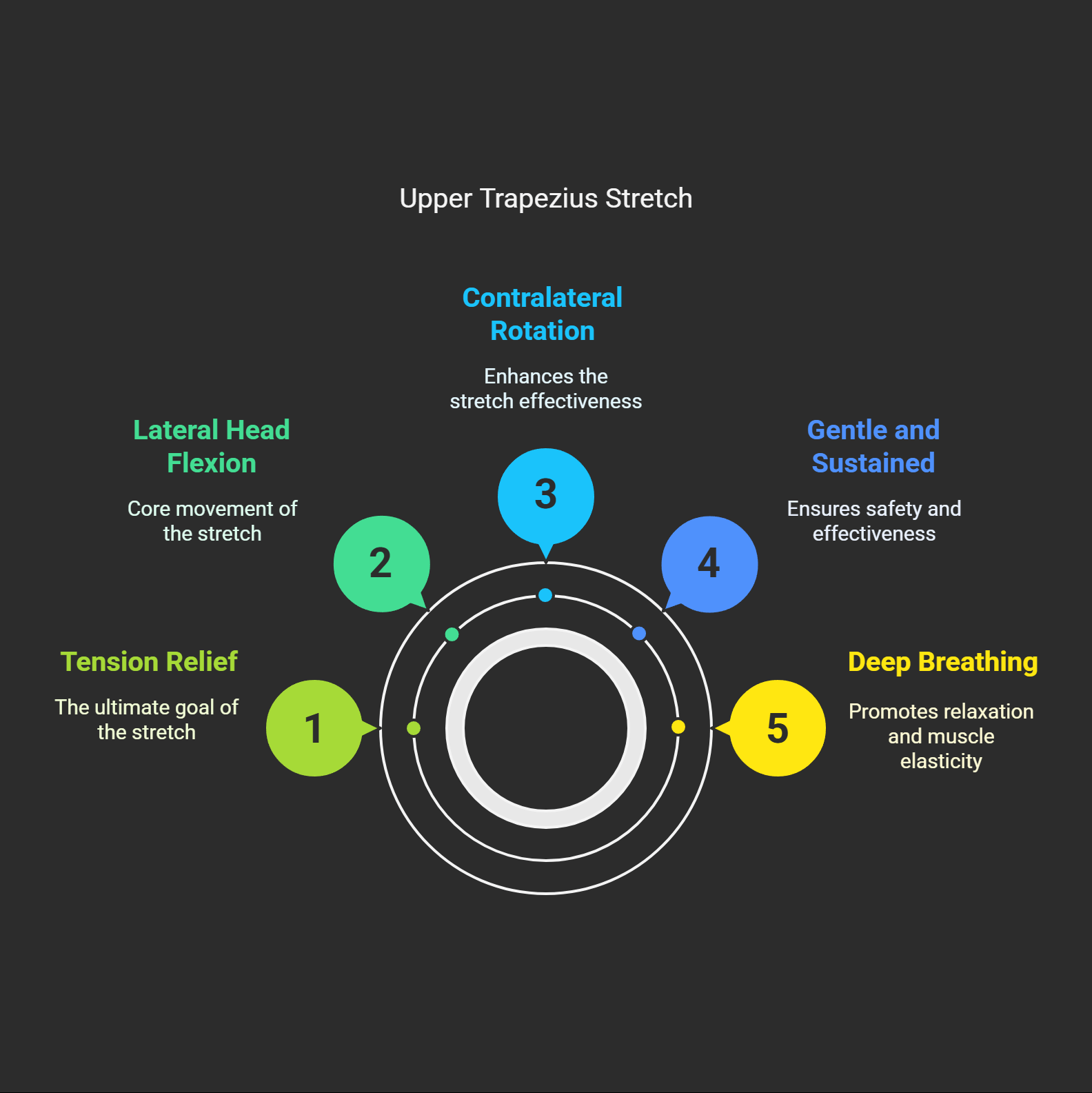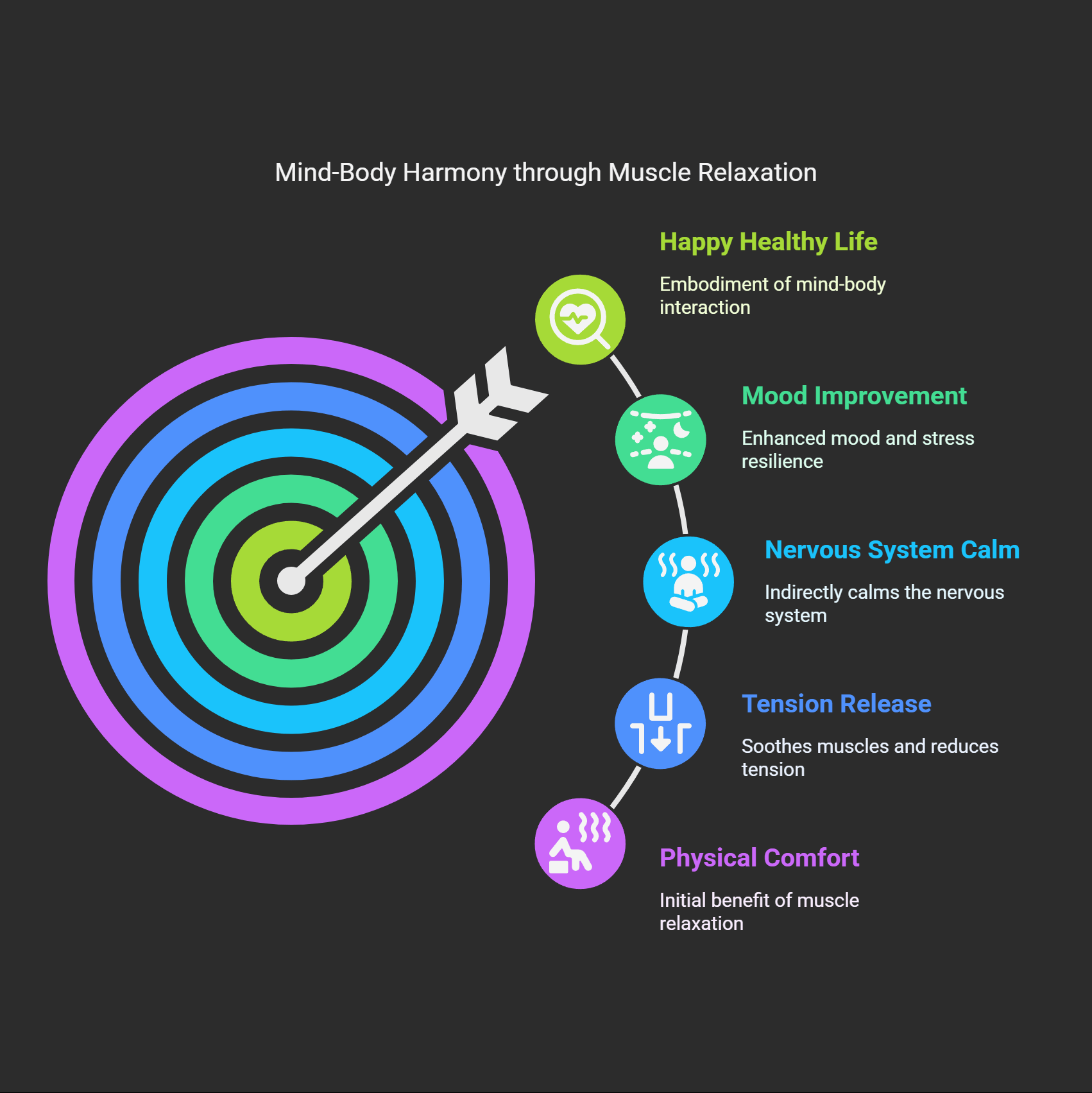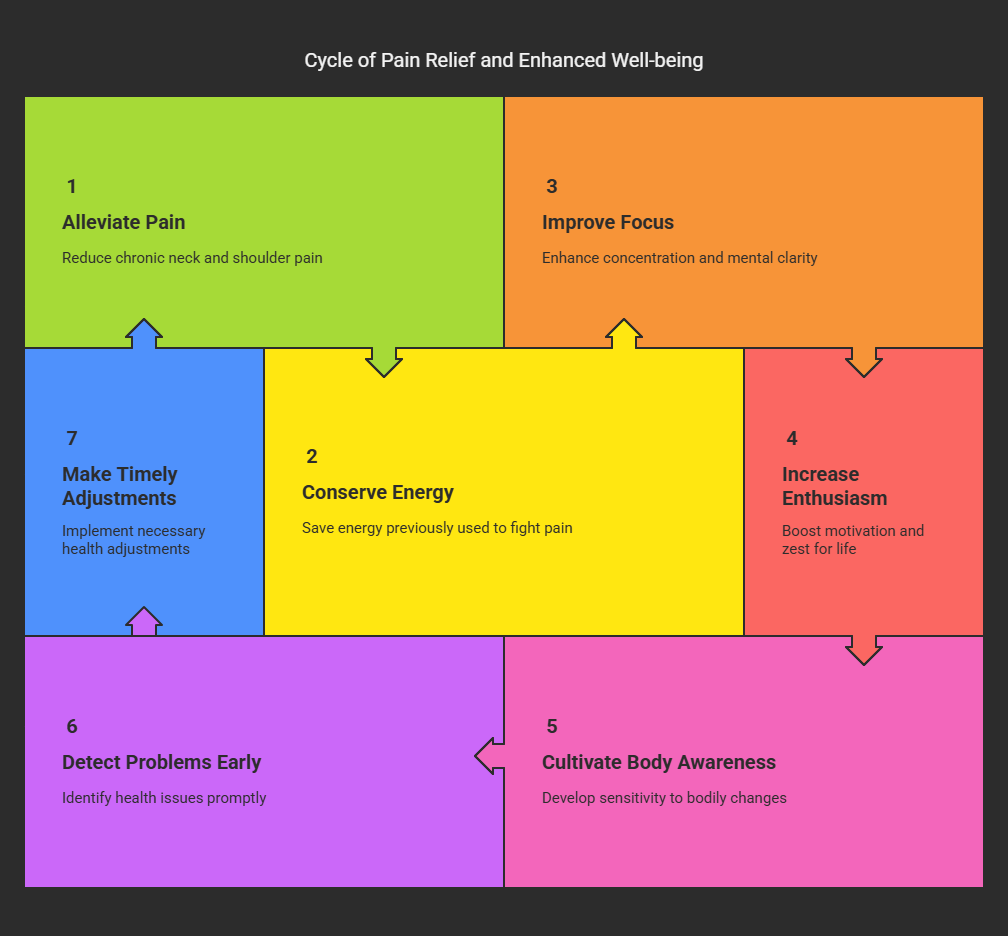Hello, I am your massage therapist. In my professional practice, I encounter many clients every day who seek help for neck and shoulder discomfort. They often describe that tightness as an 'invisible shackle,' which not only restricts physical movement but also quietly steals the color and vitality from their lives. The 'Happy Healthy Life' we aspire to is not an unattainable dream; it is a state of mind-body-spirit harmony, brimming with energy. However, when the warning signs from our neck and shoulders constantly flare up, this ideal state can feel overshadowed. Today, from a professional perspective, I want to explore with you how to unlock these shackles—starting with the 'shoulder'—to truly embrace comprehensive health and happiness.
Our neck and shoulders, especially the upper trapezius muscle which silently bears immense stress, often become a 'major problem area' in our modern lifestyles. Prolonged periods of looking down at smartphones, sitting for long hours in front of a computer, and intangible mental stress—all these accumulate on these muscles like 'debts.' When the upper trapezius muscle becomes overly fatigued and tight, it not only causes local soreness and stiffness but can also lead to bothersome tension headaches, and may even affect our mood and sleep. Understanding the root cause of this pain and discomfort is the first step on our journey towards a 'Happy Healthy Life,' because only by addressing the specific cause can we find the most effective methods for relief and prevention.
When it comes to relief, regular and correct self-stretching is an indispensable part. Specifically for the upper trapezius muscle, a particular stretch combining lateral head flexion (side bending) with slight contralateral rotation can very effectively release its accumulated tension. Imagine, as you gently guide your head and feel the targeted muscle group being gently stretched, a pleasant sensation as if your body is gradually 'decompressing.' The key to this movement lies in being 'gentle' and 'sustained,' combined with deep, long breaths, allowing the muscles to regain elasticity in a relaxed state. With consistent practice, you will find that your neck's flexibility improves, and the weight on your shoulders seems to lighten considerably.

Of course, an excellent companion to stretching is moderate massage. As a massage therapist, I know well that professional techniques can more deeply address trigger points or fascial adhesions that are difficult to reach with stretching alone. Through techniques such as kneading and pressing, we can promote local blood circulation, accelerate the removal of metabolic waste products, and 'awaken' muscle fibers that have become 'dormant' due to chronic tension. Even at home, you can use your fingertips or a massage ball to perform simple self-massage, relaxing tight areas before stretching to make the subsequent stretches much more effective. It's like loosening compacted soil first, so that nourishing rain can better penetrate.
However, merely addressing symptoms that have 'already occurred' is not enough; 'prevention is better than cure' is one of the core philosophies of a 'Happy Healthy Life.' This brings us to the importance of ergonomics. Have you ever noticed if your computer monitor height at work causes you to unconsciously lower your head? Does your chair provide enough support for you to maintain good posture? Even daily habits like how you use your phone, or the height of your pillow when sleeping, are subtly influencing your neck and shoulder health. Creating an ergonomic work and living space, and proactively reducing unnecessary stress on the upper trapezius muscle, is the fundamental path to long-term well-being and relief.
We need to understand that ergonomics isn't about pursuing a single, rigid 'perfect posture,' because any posture held for a prolonged period without change can lead to problems. What's more important is to create an environment that supports the body's natural alignment and encourages us to regularly change positions and engage in moderate activity. For example, set an alarm to remind yourself to get up and walk around at regular intervals and do some simple neck and shoulder rolls; or use a headset when talking on the phone to avoid cradling it between your head and shoulder for extended periods. These seemingly small changes, when accumulated over time, will bring significant positive benefits to your neck and shoulder health, helping your muscles steer clear of the threat of chronic strain.
When we successfully release the tension in our neck and shoulders, you will find that what you gain extends far beyond mere physical comfort. The relaxation of the neck and shoulders has a profound impact on our mental state. Tense muscles continuously send 'alert' signals to the brain, exacerbating feelings of anxiety and irritability. Through stretching and massage, we not only soothe the muscles but also indirectly calm the nervous system, which helps improve mood and enhance resilience to stress. Many clients report that after their neck and shoulders are effectively relaxed, they feel as if their whole being has become 'lighter,' and their mood brightens accordingly. This is precisely the best embodiment of the mind-body interaction inherent in a 'Happy Healthy Life.'

Good sleep quality is another important cornerstone of a 'Happy Healthy Life.' Neck and shoulder pain and stiffness are often the culprits behind sleepless nights, causing us to toss and turn and still feel exhausted upon waking. When the burden on the upper trapezius muscle is lightened, these sleep-disrupting factors naturally dissipate. You will find it easier to enter the deeper, restorative stages of sleep that are crucial for bodily repair. Imagine waking up after a full night's sleep feeling refreshed and clear-headed, your neck and shoulders no longer tense; that vitality radiating from within will fill your new day with abundant energy. This also explains why many people commonly report an improvement in their sleep after receiving massage therapy.
Interestingly, the health status of the upper trapezius muscle is even related to our breathing patterns. As one of the accessory muscles of respiration, when the upper trapezius is overly tense, it can unconsciously interfere with the function of our primary respiratory muscle—the diaphragm—leading to shallow breathing concentrated in the upper chest. By relaxing the upper trapezius muscle, we allow our breath to return to a deeper, more efficient abdominal (diaphragmatic) pattern. This not only improves oxygen supply throughout the body, but deep, gentle breathing itself also has the effect of calming the mind and reducing stress. This is a subtle yet far-reaching physiological connection.
Ultimately, when chronic neck and shoulder pain is alleviated, the body no longer needs to expend significant energy 'fighting' or 'suppressing' discomfort. This 'saved' energy can then be converted into better focus and greater enthusiasm for life. Regularly performing stretches, paying attention to posture, and relaxing at appropriate times—these are not just self-care behaviors; more importantly, they cultivate a crucial 'body awareness.' This sensitivity to subtle changes in the body allows us to detect problems earlier and make timely adjustments, thereby firmly taking the initiative for our own health into our own hands.

Dear friends, a 'Happy Healthy Life' is not a distant slogan; it begins with loving care and nurturing for your own body. Starting today, let us begin with the 'shoulder' and transform this knowledge into daily actions. Spend a few minutes each day stretching your upper trapezius muscle, mindfully review and adjust your work and lifestyle habits, and reward your hardworking muscles with a gentle massage. When your neck and shoulders are no longer bound by 'invisible shackles,' and you can enjoy every movement with ease and freedom, that joy and vitality emanating from within is the truest form of a 'Happy Healthy Life.' May you actively embrace these changes and, step by step, move towards a healthier, happier you.
